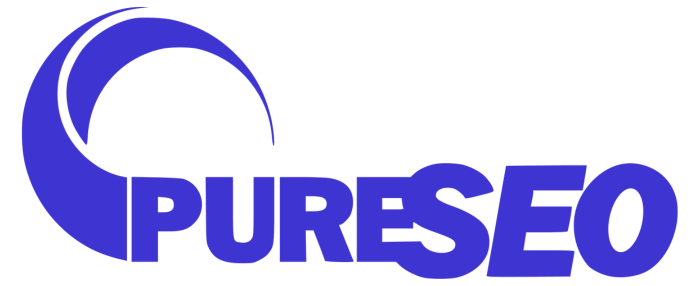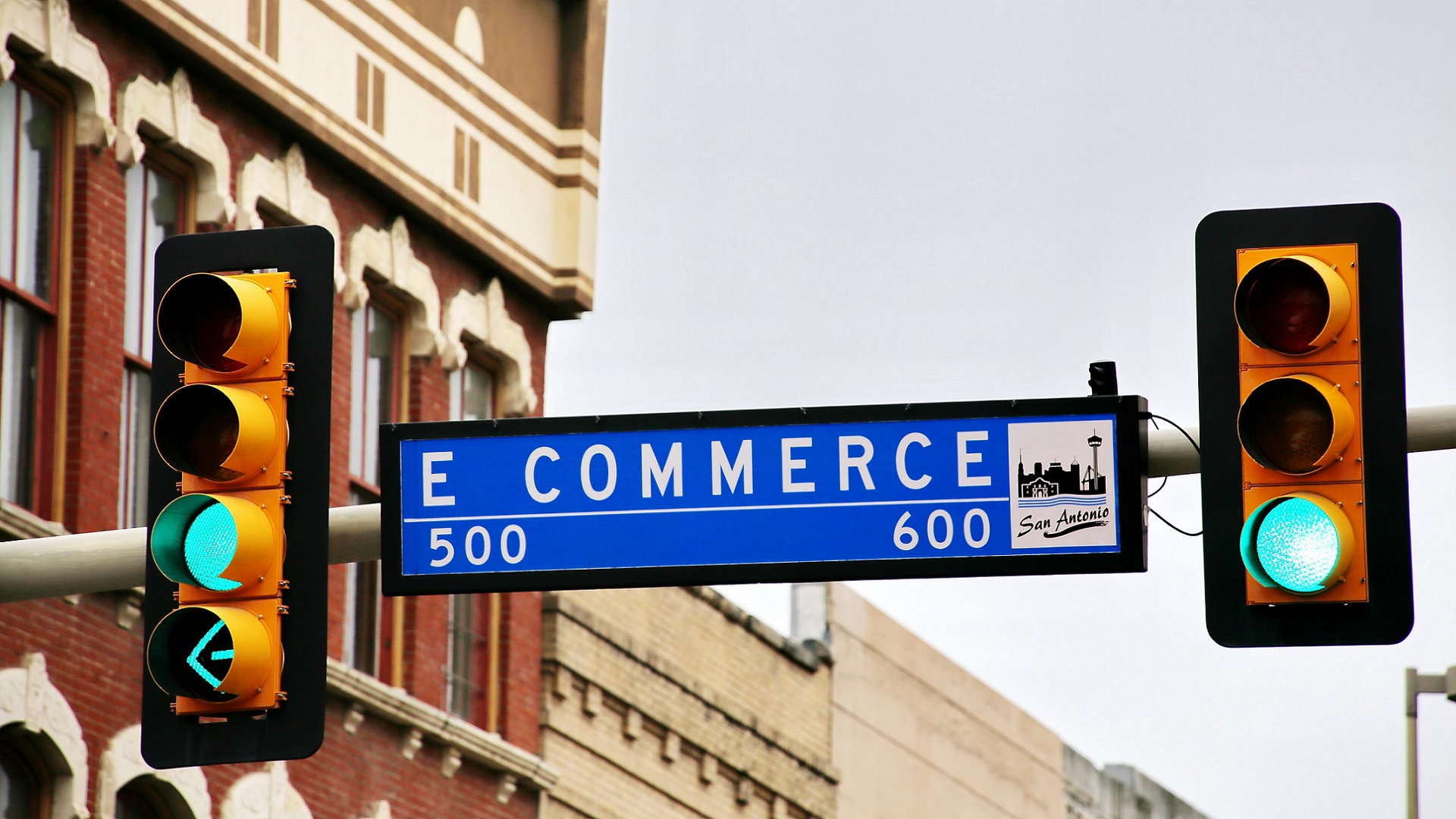
In the wake of Covid-19, ecommerce has grown significantly as consumers move online. With this comes higher competition for top rankings in search engine results. Ecommerce SEO is a key way to get ahead in this new environment where consumers are heading to websites rather than physical stores to find what they need. Although many factors come into play to fully optimise your ecommerce website, we’ve compiled some useful tips to give you insight on how to improve site traffic, drive clicks and increase conversions.
Check them out below:
Internal links are your friends.
Internal linking comes easy for e-commerce sites. These links come in the form of navigation bars, category links, and the like. A well-structured site with internal links that are easy to spot and navigate is practising standard e-commerce SEO best practice.
If you have content such as blog posts that have high page authority, it’s best to link from those authoritative pages TO high-priority product pages in the form of keyword-rich anchor text.
Backlinks are your best friends.
High-quality backlink acquisition is a must when it comes to growing your presence on the SERPs. Getting other websites to link to yours means that your content or products/services are highly valuable and would be helpful to potential buyers or visitors.
Promoting your content through social media, media press releases, or even bookmarking sites can earn you good backlink scores as long as they’re from authoritative domains. Getting links from third-party blog posts is also another great way of gaining high-quality backlinks.
Focus on your category and product pages.
Category and product pages are among the most important on ecommerce sites as this is where conversions occur. However, it is often hard to get external sites to link to these pages as it’s more difficult than linking to an informational post such as a blog article.
One way to optimise category and product pages is to use a modifier in the title tag along with your main keyword. This can help the page show up in results for more specific searches. Modifiers such as “cheap”, “sale” or “best” are often used and can be very impactful when added to your title tag.
Another way to optimise these pages is to use unique, in-depth descriptions that leverage highly relevant keywords. Descriptive content can be placed in banner descriptions under H1 headings or underneath product listings. This gives Google more information to understand the page and also gives the customer all the information they need to make their decision. This is important in a time where going to the store and investigating a product in person may not be an option.
Ecommerce sites still need content.
The best ecommerce sites often have a blog that attracts their target audience. They can then use posts to link to their most important category and product pages.
Creating content that promotes brand awareness and customer loyalty is key at this time, as content directly related to sales may not be appropriate if customers are in a difficult financial situation.
It is important that you don’t slow down on content, even if your sales are dropping and you feel like you need to direct your attention elsewhere. Your content will help to drive traffic, ultimately working to improve conversion rates.
Ensure great site design and user experience.
With the rise in volume of ecommerce traffic, it is important to have your website running smoothly. It is a good time to solve issues that may lead to users clicking off your site such as check out problems or missing information about top products. Even more incentive to update your UX design, Google has announced a new Page Experience metric which will affect your ranking in search results. Making sure your site is designed well to encourage easy conversion and higher ranking is more important than ever.
Include product reviews.
The problem with shopping online is that it’s not a sensory activity. This means your customers can’t see or touch your product physically and will have to rely on the images you provide. Product reviews help bridge this sensory gap – potential customers are more likely to trust your product if they see that others are happy with it.
Reviews also provide basically free SEO – they contain keywords and keep visitors on your site for longer to improve your engagement metrics. It’s a win-win all around, so don’t be afraid to ask your customers for reviews. After all, if they are happy with your product, more often than not they will want to rave about it!
Increase your email subscriber list to keep customers engaged.
Sending out valuable email subscription content is a great way to keep customers engaged. This will keep your brand in mind for when they can purchase from you again. Think about what your customers need at this time, and why they like to interact with your brand. Then you can create email content based on this insight, whether it be informational or entertainment based.
To get more people subscribed to your list it’s a good idea to increase opportunities for opt in. Rather than just relying on the homepage, you can also add sign up features on blogs, contact pages and social media accounts. Point of purchase is another ideal place to ask customers to opt in as they have shown interest in your company.
Ready to optimise your ecommerce site?
Get in touch with our SEO experts at Pure SEO today!

















